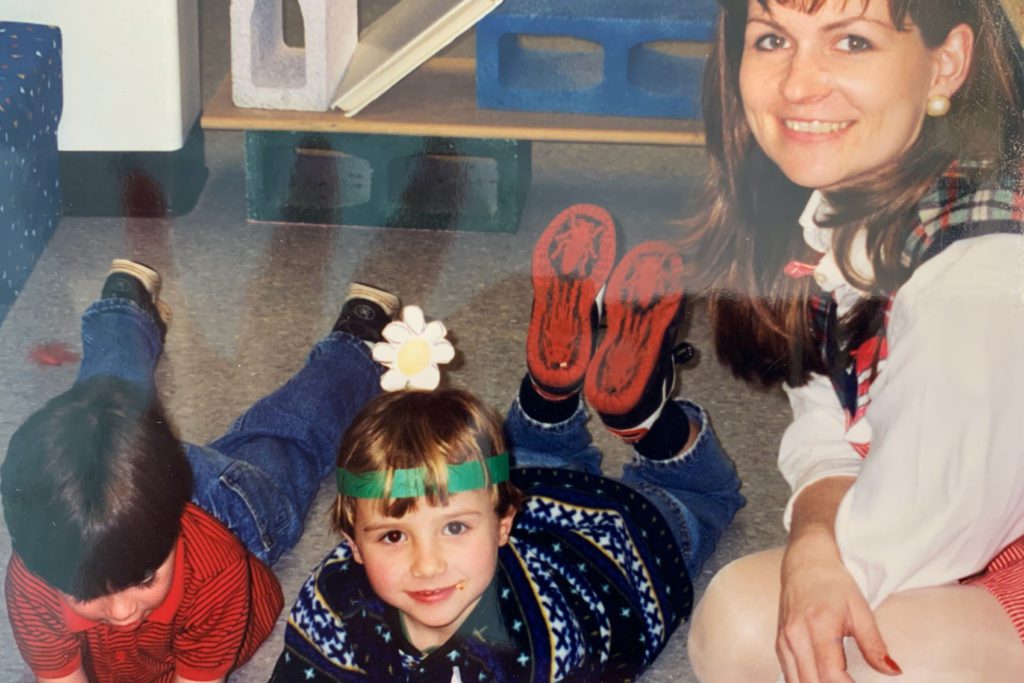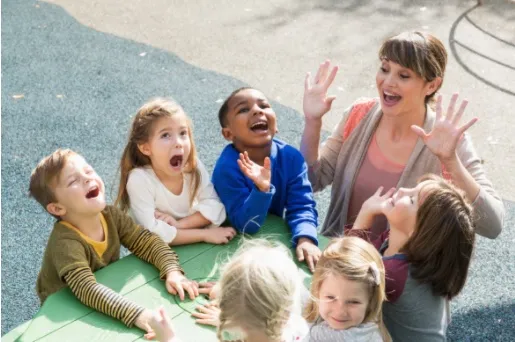Three Forces for Intentional Instruction


Before joining the author team here at Teaching Strategies, I spent twenty years working in elementary schools, first as a classroom teacher and then as a building administrator.
As a school leader who got to work with, watch, and learn from many teachers, I often had the honor of observing teachers who worked with an extraordinary sense of purpose. These teachers seemed to realize the ripple effects of their practices, choices, and interactions.
Here at Teaching Strategies, we refer to this practice—the acts of acknowledging this power, making these decisions, and carrying them out—as “intentional instruction.”
As I now think about intentional instruction and how that concept did or did not play out in the classrooms I observed, I have come to view intentionality in the classroom as being a product of three separate but connected forces.
Inspiration
One of those forces is inspiration. As a school leader, you have many opportunities to inspire teachers. You yourself can be a model of inspiration through the various ways you interact with teachers as well as through the ways that you encourage them to interact with each other.
Think of the teachers you know who themselves are models of inspiration—those who really, truly want to make it happen for all the children in their classrooms. Think of those teachers who are always eager to try out new ideas, as long as those ideas are rooted in the notion that doing so will be beneficial to children.
As a school or program leader, you can leverage the expertise of your inspirational teachers by setting up opportunities for teachers to share with each other. Facilitate discussions between teachers to share their ideas, their concerns, and their success stories.
Support
The second force is a network of support. Sometimes, support comes by way of advice in a textbook or guide. However, quite often, this support is provided by the people who are right under your own roof, such as mentor teachers and teachers working together in professional learning communities. Consider setting up a schedule that allows teachers to cover for each other (or cover for them yourself!), to ensure that each teacher has the option of taking time away from the classroom to work with a coach or simply observe another teacher at work.
For those teachers who may need extra help in the first area I mentioned—inspiration–go out of your way to speak with them individually about your desire to help them feel successful at work. Often what you will find is that a lack of inspiration is directly connected to a feeling of not having a network of support.
Equip
There is also a third component, a third force: equipping teachers with the right tools. It is important to equip teachers with the tools they need to implement curriculum and appropriately assess children’s knowledge, skills, and abilities.
As a classroom teacher, I never felt like I had a complete set of tools. And many of the tools that I did have, I didn’t know how to fully use.
I never knew the widely held expectations for kindergarten-aged children. I never knew how to adequately document what I observed the children doing and saying. I never knew all the many ways I could meaningfully involve families in children’s learning. I never knew the power of room arrangement or the value of a well-thought-out schedule. And even though I really wanted to scaffold learning for each individual child, I didn’t know how to leverage the relationship between assessment and planning to do so. I knew in my heart that building positive relationships with the children in my class was the most important thing I could do as a teacher, but no one ever said anything to me that would validate that thinking.
This crucial third force requires you to equip teachers by making sure that they have the resources and information necessary to teach intentionally and individualize instruction in every classroom, for every child.
I don’t think of these three forces as steps because doing so would imply a sequence—that a teacher needs to have embraced a particular mindset before she should seek out a role model or be assigned a mentor, or that all of your teachers need to be on board with change before you dive into equipping them with the right tools. Rather, the three forces are different parts of a single strategy to support intentional teaching. If we are going to ask teachers to do the whole job—to teach the whole child and to address a whole, broad set of expectations and objectives—then we need to establish a whole plan for supporting intentional instruction.
When you provide all three of these forces—when you inspire, support, and equip teachers—it’s like offering someone a reason to take a trip, providing them with a specific destination, and making sure they have a dependable means of transportation, a tank full of gas, and a detailed road map. Just as you are more likely to both complete a journey and enjoy the trip when you’re well prepared for it, when a teacher has all three of these forces behind her, she is uniquely positioned to teach successfully and with intentionality.
